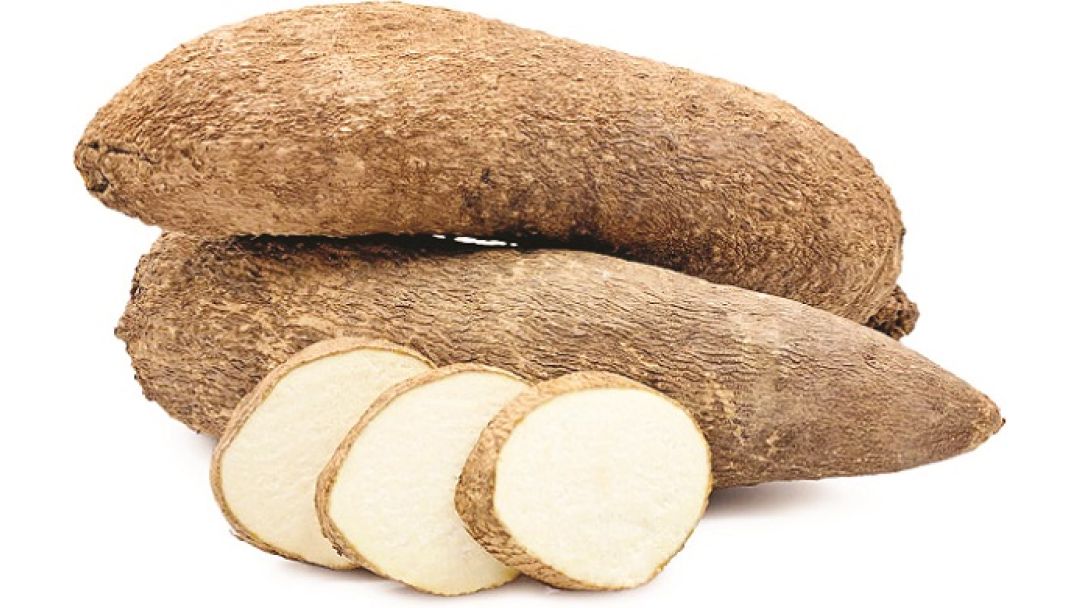Nigeria is the world's largest producer of yam, contributing over 65% of global output, particularly within West Africa’s “yam belt.” Yam (Dioscorea spp.) is a staple food crop central to the country’s food security, economy, and cultural identity.
✅ Key Production Areas
Major yam-producing states include:
Benue (often referred to as the "food basket of the nation")
Nasarawa
Taraba
Kogi
Plateau
Enugu
Oyo
Delta
These regions have favorable climatic conditions—moderate rainfall, loamy soils, and a long growing season.
🌱 Cultivation & Harvesting
Planting Season: March to May
Harvesting: Begins from August, peaks around October to December
Yams are usually grown using traditional methods, involving mounding and staking, though modern mechanization is slowly increasing.
💰 Economic Importance
Nigeria produces over 45 million metric tonnes of yam annually, mostly for local consumption.
Yam contributes significantly to rural livelihoods, with millions engaged in farming, processing, and marketing.
There's growing export potential, especially to countries with large West African diasporas (e.g., UK, USA, Canada).
🔍 Challenges
Post-harvest losses (due to rot, pests, poor storage)
Inadequate access to improved varieties and inputs
Poor infrastructure (roads, electricity)
Limited mechanization and credit support
🚀 Recent Developments
Initiatives by the Nigerian government and NGOs to improve:
Seed quality and yam minisett technology
Storage facilities (e.g., yam barns and cold chains)
Export logistics, especially through the Nigeria Yam Export Programme.
📌 Summary
Yam production in Nigeria is a critical part of the agricultural economy, with vast potential for growth if issues like poor storage and market access are addressed. It plays an essential role in food security, rural development, and export diversification.


Comments